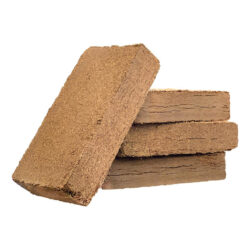The Battle Against Pests: Proven Strategies for Effective Pest Control
Pests – the very word evokes frustration, anxiety, and often, financial loss. Whether it’s termites chewing through wooden beams, aphids draining the life from garden plants, or rodents contaminating food supplies, pests can create chaos in our homes, gardens, and agricultural fields. The global impact of pest infestation is not just a nuisance but a multibillion-dollar threat. Fortunately, with the right knowledge and tools, effective pest controls is achievable—and sustainable.
In this comprehensive guide, we’ll explore the most reliable, science-backed, and environmentally responsible techniques for effective pests control. Whether you’re a home gardener, a farmer, or simply someone trying to keep a pest-free environment, these strategies will help you fight back against pests with confidence.
🌿 1. Integrated Pest Management (IPM): The Core of Effective Pest Controls
Integrated Pest Management (IPM) is one of the most respected methods of effective pest control worldwide. Unlike older practices that depend solely on chemical pesticides, IPM offers a comprehensive and environmentally-friendly approach. The goal is to understand pest life cycles and their interaction with the environment, then use this knowledge to control pests economically and with minimal risk.
IPM involves a combination of:
- Monitoring pest populations.
- Setting thresholds for acceptable levels of pests.
- Preventing infestations through cultural and mechanical methods.
- Using targeted, minimal pesticide applications only when necessary.
By prioritizing prevention and long-term solutions, IPM ensures effective pest control while preserving beneficial insects and reducing chemical dependency.
🐞 2. Biological Control: Let Nature Help
Nature itself offers powerful solutions for effective pest control. Biological control involves the introduction of natural predators, parasites, and pathogens that attack and reduce pest populations.
Here are a few examples:
- Ladybugs feed on aphids, scale insects, and mealybugs.
- Parasitic wasps lay their eggs in the bodies of pest insects, killing them from the inside out.
- Nematodes, microscopic worms, are extremely effective against soil pests like grubs and root weevils.
These natural allies contribute to effective pest control in a way that is eco-friendly, non-toxic, and self-sustaining. Encouraging biodiversity in your garden or fields can make your pest control efforts much easier over time.
🚜 3. Cultural Practices: Prevention Is Better Than Cure
One of the simplest yet often overlooked pillars of effective pest control is modifying your farming or gardening practices to reduce pest attraction and reproduction.
Here’s how:
- Crop rotation disrupts the life cycles of pests by denying them a continuous food source.
- Proper sanitation in the garden or around your home removes pest breeding grounds.
- Using pest-resistant plant varieties reduces susceptibility to common insect damage.
- Companion planting (e.g., planting basil with tomatoes) can repel pests naturally.
These cultural practices form a strong foundation for effective pest control without the constant need for intervention or chemicals.
🧰 4. Mechanical and Physical Methods: Barrier-Based Pest Defense
Sometimes the best way to stop pests is simply to block them physically. Mechanical and physical pest control strategies involve placing barriers between pests and the plants or structures you want to protect.
Common examples include:
- Row covers that shield plants from insect attack.
- Sticky traps for flying insects.
- Handpicking pests, especially effective in small gardens.
- Window screens and door sweeps to prevent home entry.
These techniques offer immediate relief and contribute to effective pest control without harming the environment or other organisms.
🧪 5. Chemical Control: The Last Resort for Effective Pest Control
While non-chemical strategies are always preferred, sometimes chemical pest control becomes necessary—especially in large-scale infestations or where pests are vectors for disease.
Important guidelines for responsible chemical use include:
- Use only approved and low-toxicity pesticides.
- Target specific pests to avoid harming beneficial species.
- Read and follow label instructions carefully.
- Apply chemicals only when pest thresholds are exceeded, as part of an IPM strategy.
When used responsibly, chemicals can be a part of effective pest control, especially in combination with other strategies to reduce long-term dependence.
🌎 6. Eco-Friendly Pest Control Solutions: The Green Alternative
Eco-conscious homeowners and gardeners are turning to organic and natural pest control solutions for safer alternatives. These include:
- Neem oil sprays, effective against many insects and fungi.
- Garlic and chili sprays, natural repellents for soft-bodied insects.
- Diatomaceous earth, a fine powder that cuts insect exoskeletons on contact.
These solutions are safe for kids, pets, and pollinators—and can be highly effective when applied correctly. They form an increasingly important part of modern, effective pest control.
🏡 7. Indoor Pest Control: Keeping Homes Safe
Indoor spaces are just as vulnerable to pests as outdoor gardens. Rodents, cockroaches, and ants are common home invaders. To achieve effective pest control indoors, follow these tips:
- Seal cracks and holes in walls, doors, and windows.
- Keep food sealed and store waste in tightly closed bins.
- Use non-toxic baits and traps instead of aerosols.
- Maintain clean and dry environments, especially under sinks and behind appliances.
Effective pest control at home is all about vigilance, prevention, and timely intervention before pests multiply.
🌾 8. Agricultural Pest Management: Safeguarding Crops
For farmers, effective pest control isn’t just about protecting crops—it’s about protecting livelihoods. Strategies that work at scale include:
- Monitoring pest populations with pheromone traps.
- Using pest forecasting systems to time interventions.
- Intercropping and habitat management to encourage natural predators.
- Precision application of pesticides, only where needed.
Combining technology with traditional knowledge enables smarter and more effective pest control on farms of all sizes.
🧠 9. Education and Awareness: Your Most Powerful Tool
Perhaps the most critical element of effective pest control is education. Understanding pest behavior, biology, and control options empowers homeowners, gardeners, and farmers to take the right action at the right time.
- Learn about pest identification and early signs of infestation.
- Stay updated on pest-resistant crop varieties and modern tools.
- Attend local extension workshops or follow agriculture experts online.
Remember: informed decisions are the first step toward effective pest control.
🔚 Conclusion: Winning the Battle with Smart Strategies
Pests are an inevitable part of our ecosystem, but their damage doesn’t have to be. Through smart, layered strategies, we can achieve effective pest control without harming the environment or over-relying on chemicals. Whether it’s in the home, the garden, or the field, the key lies in prevention, observation, and integrated solutions.
By embracing Integrated Pest Management, leveraging biological allies, practicing eco-friendly methods, and staying informed, you can create a healthy, pest-free space.
In the end, effective pest controls is not about quick fixes—it’s about creating long-term harmony between people, plants, and the planet.
https://www.facebook.com/profile.php?id=61559869147584
https://gardenhubcare.com/blog/


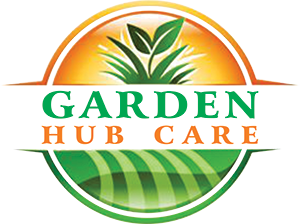
 Summer Vegetable Seed
Summer Vegetable Seed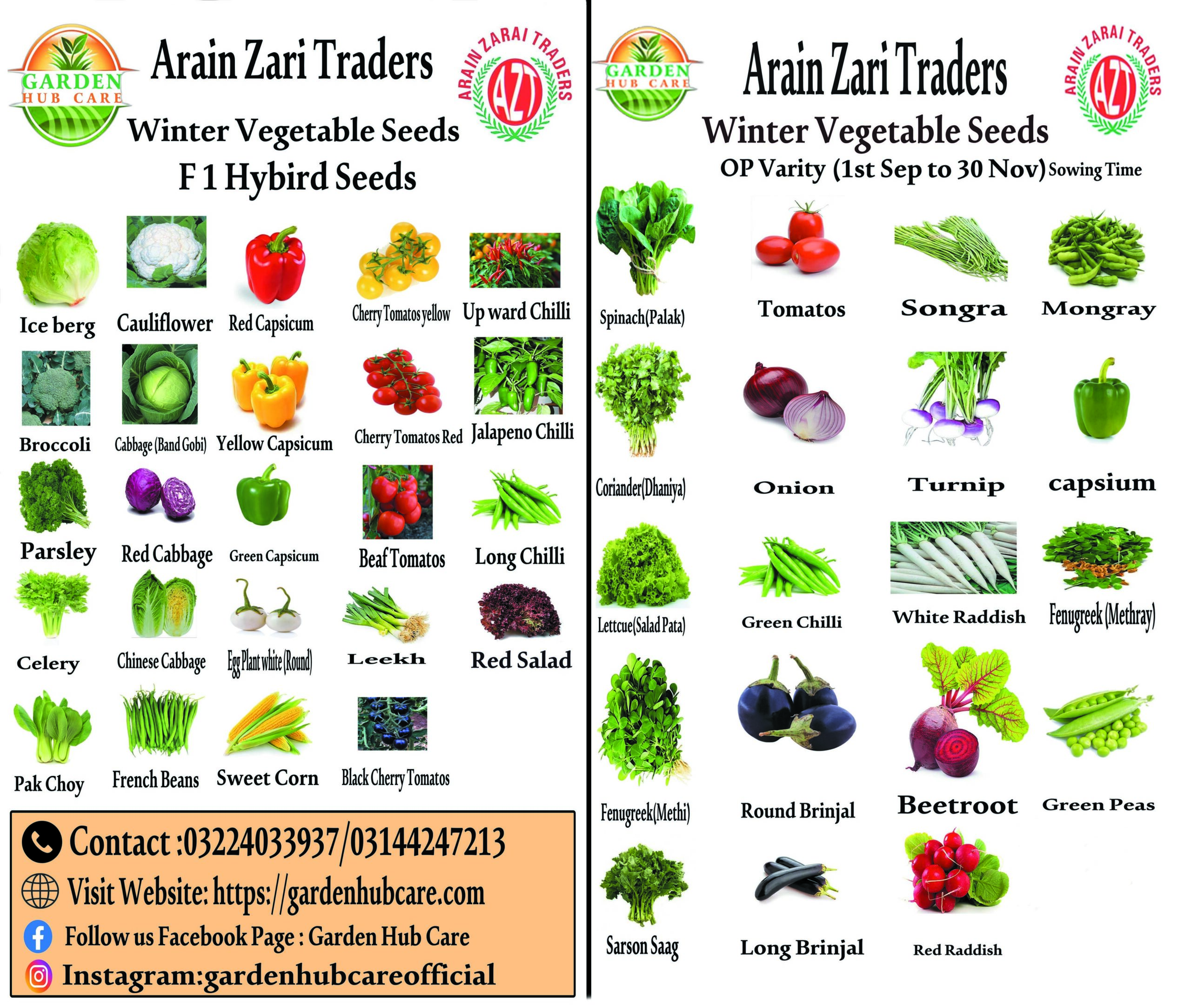 Winter Vegetable Seed
Winter Vegetable Seed Summer Flower Seed
Summer Flower Seed Winter Flower Seed
Winter Flower Seed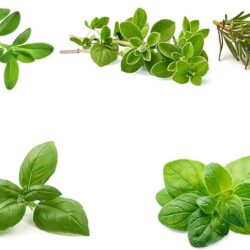
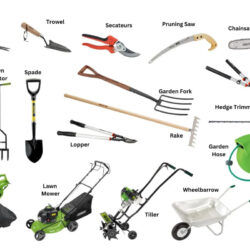
 Desi Garden Tools
Desi Garden Tools Flower Cutter
Flower Cutter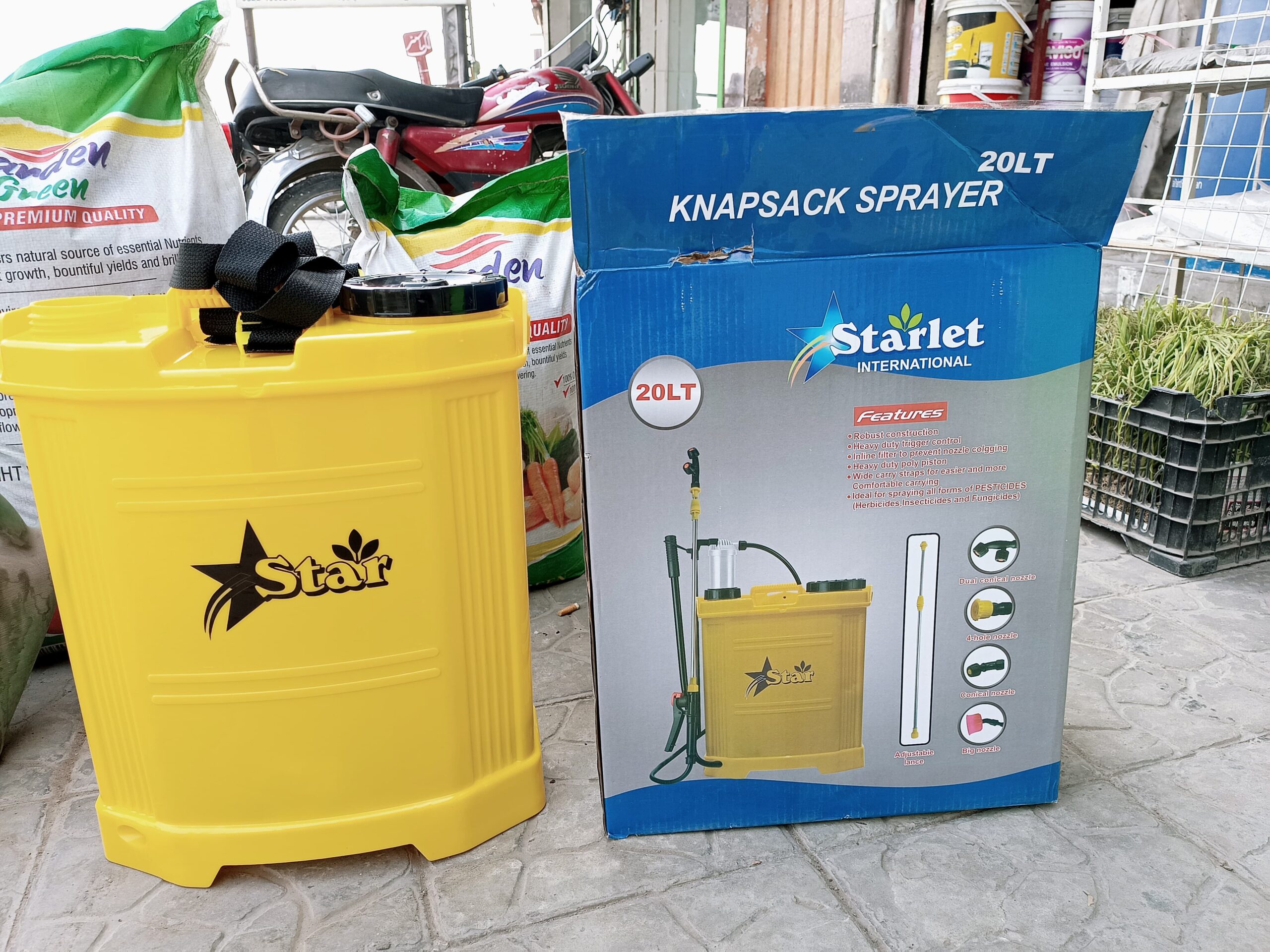 Spray Machine
Spray Machine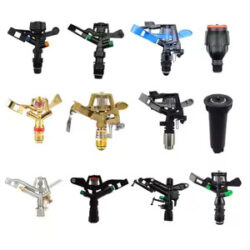 Sprinkler
Sprinkler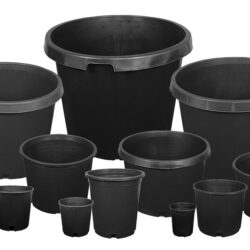
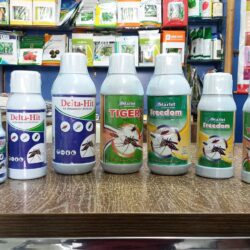
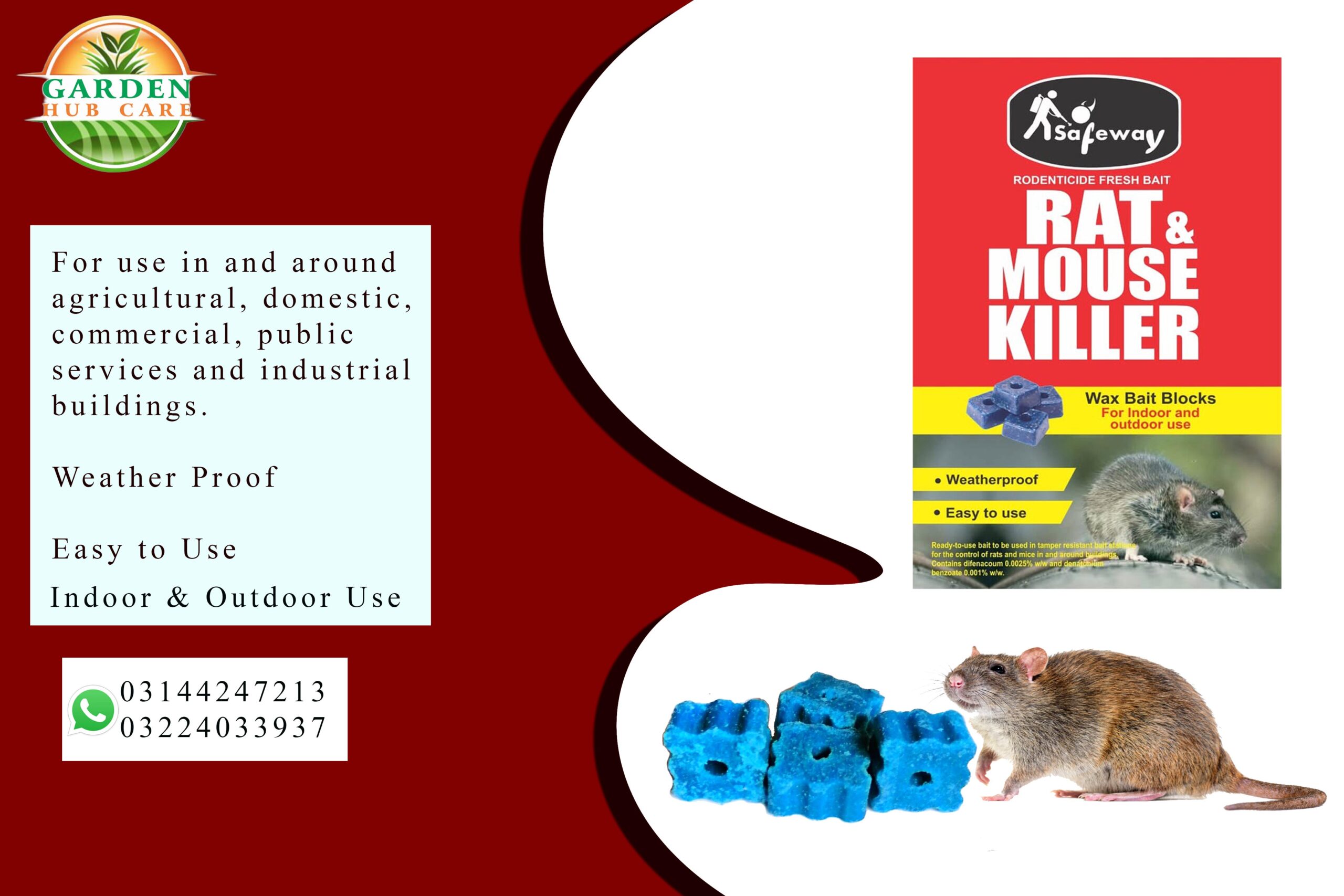 Rodents
Rodents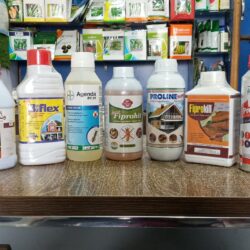 Termite
Termite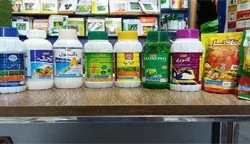
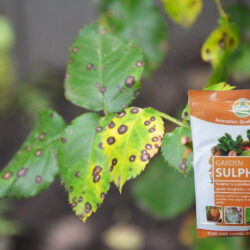 Fungicide
Fungicide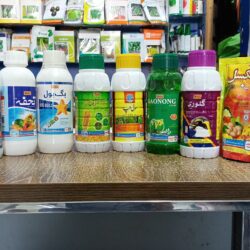 Insecticides
Insecticides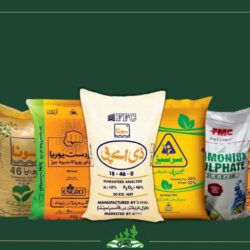 Fertilizers
Fertilizers